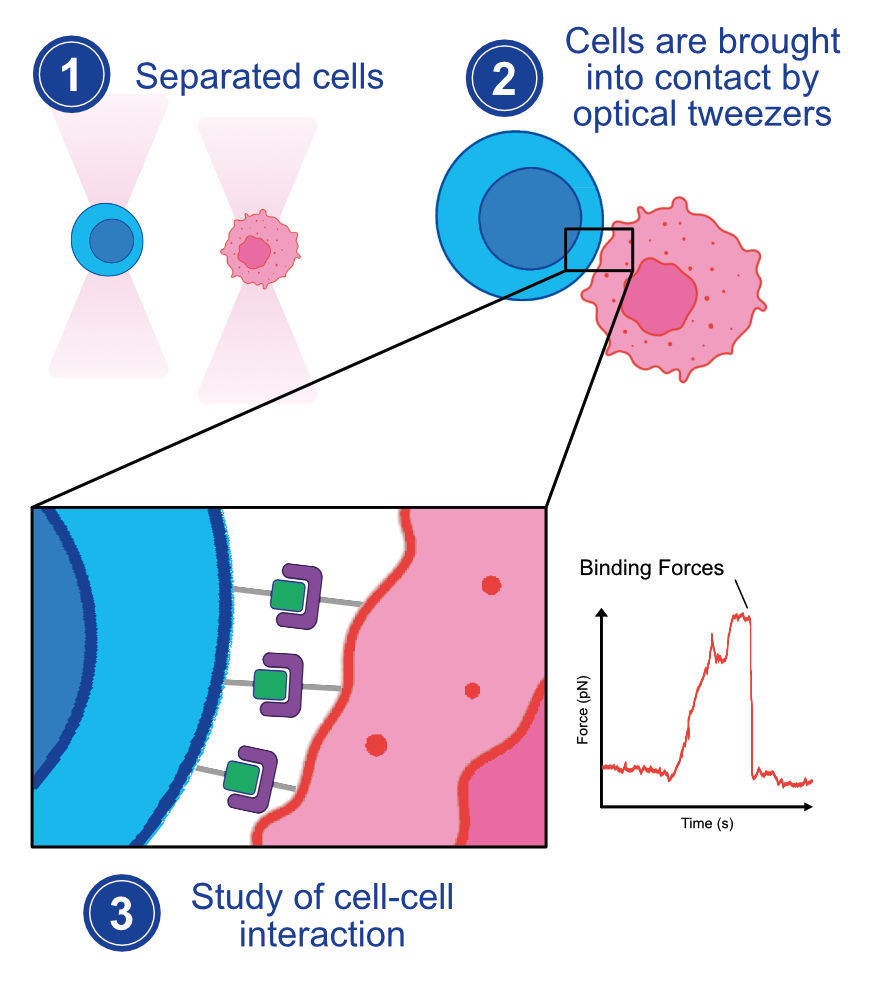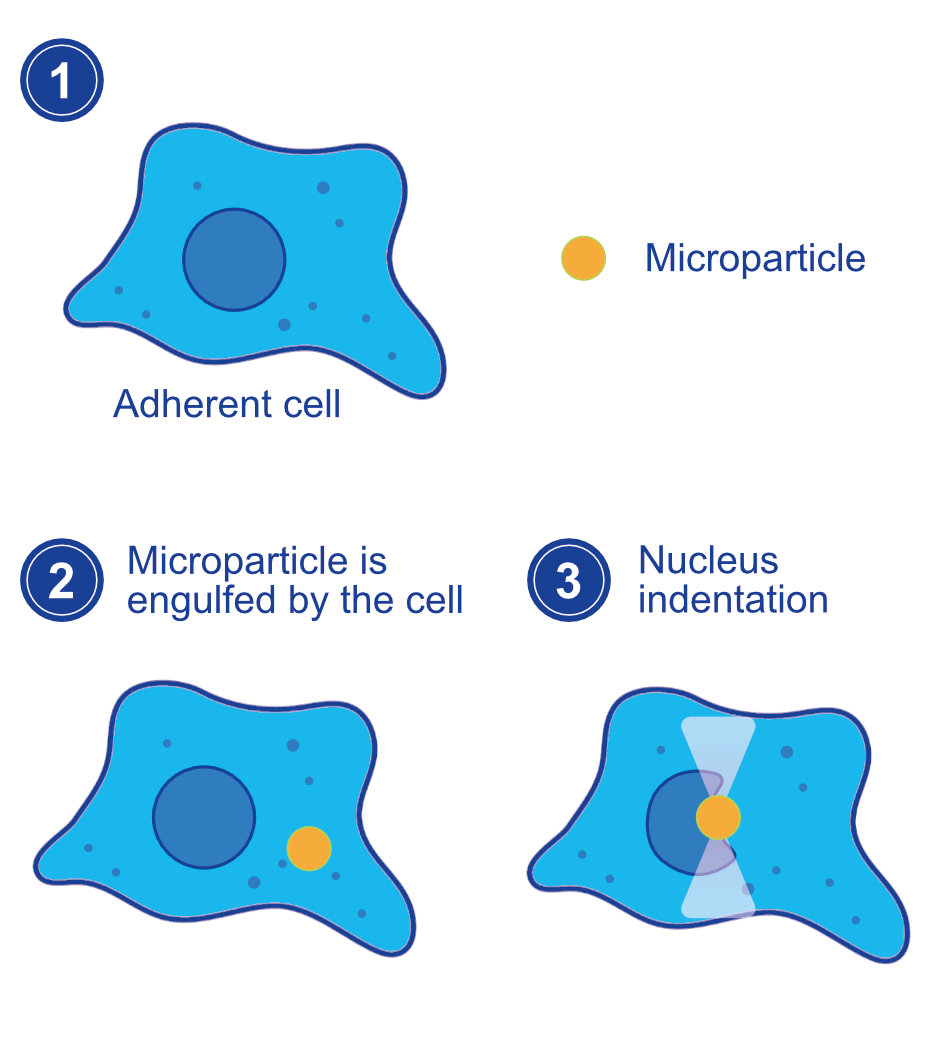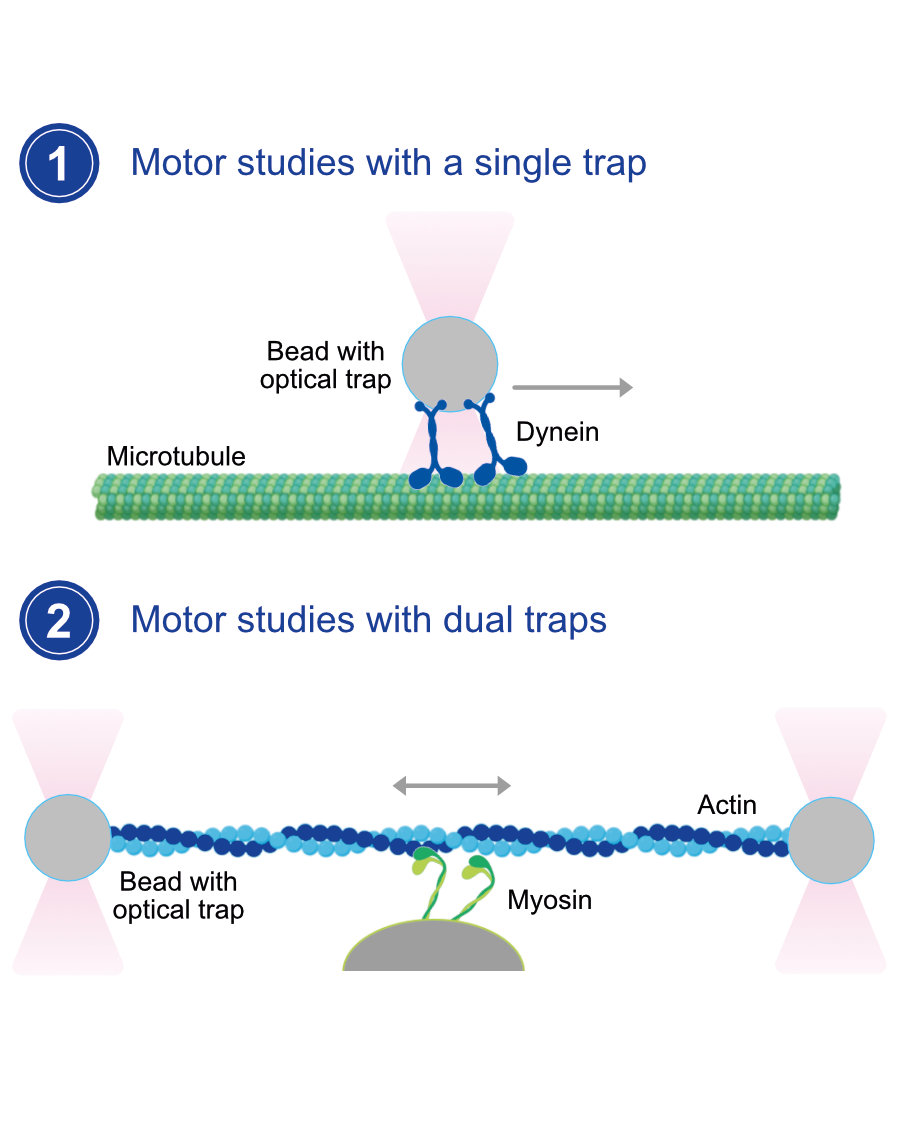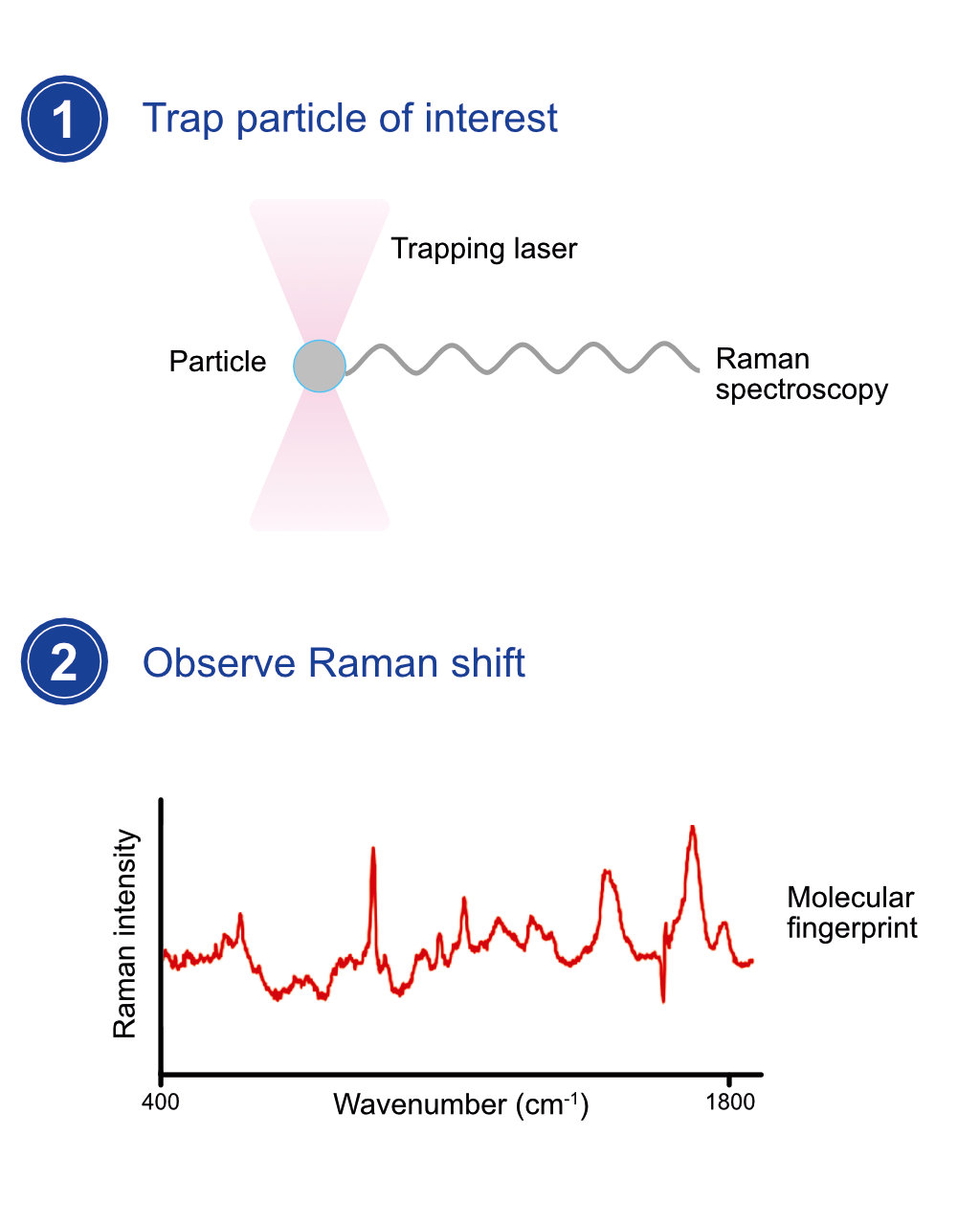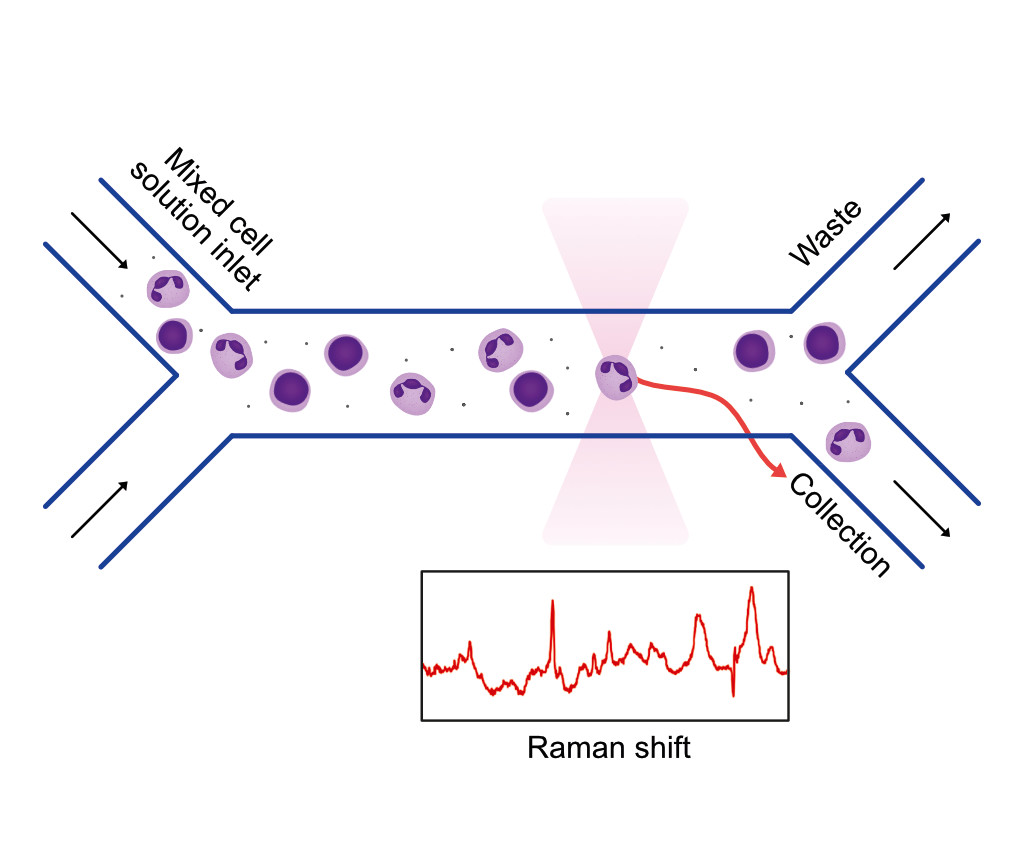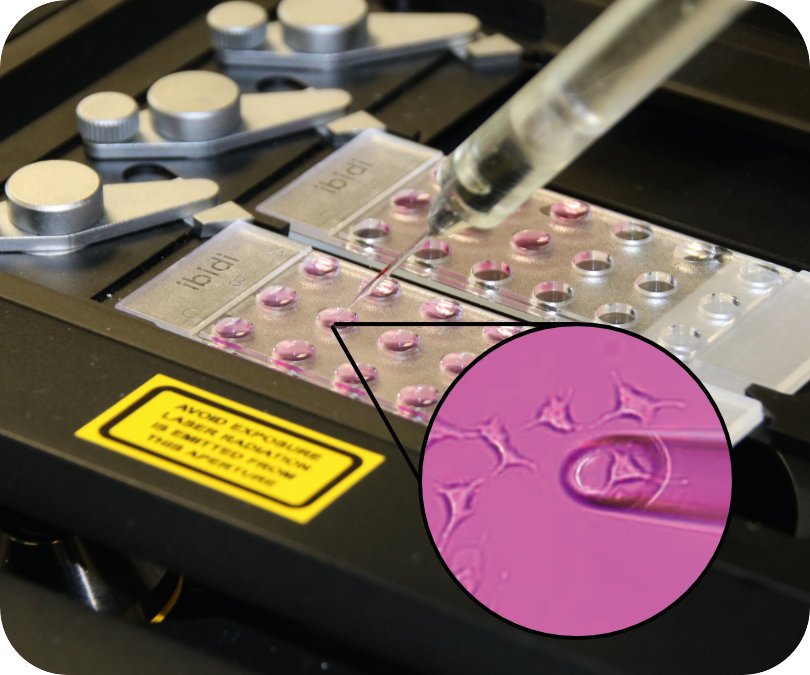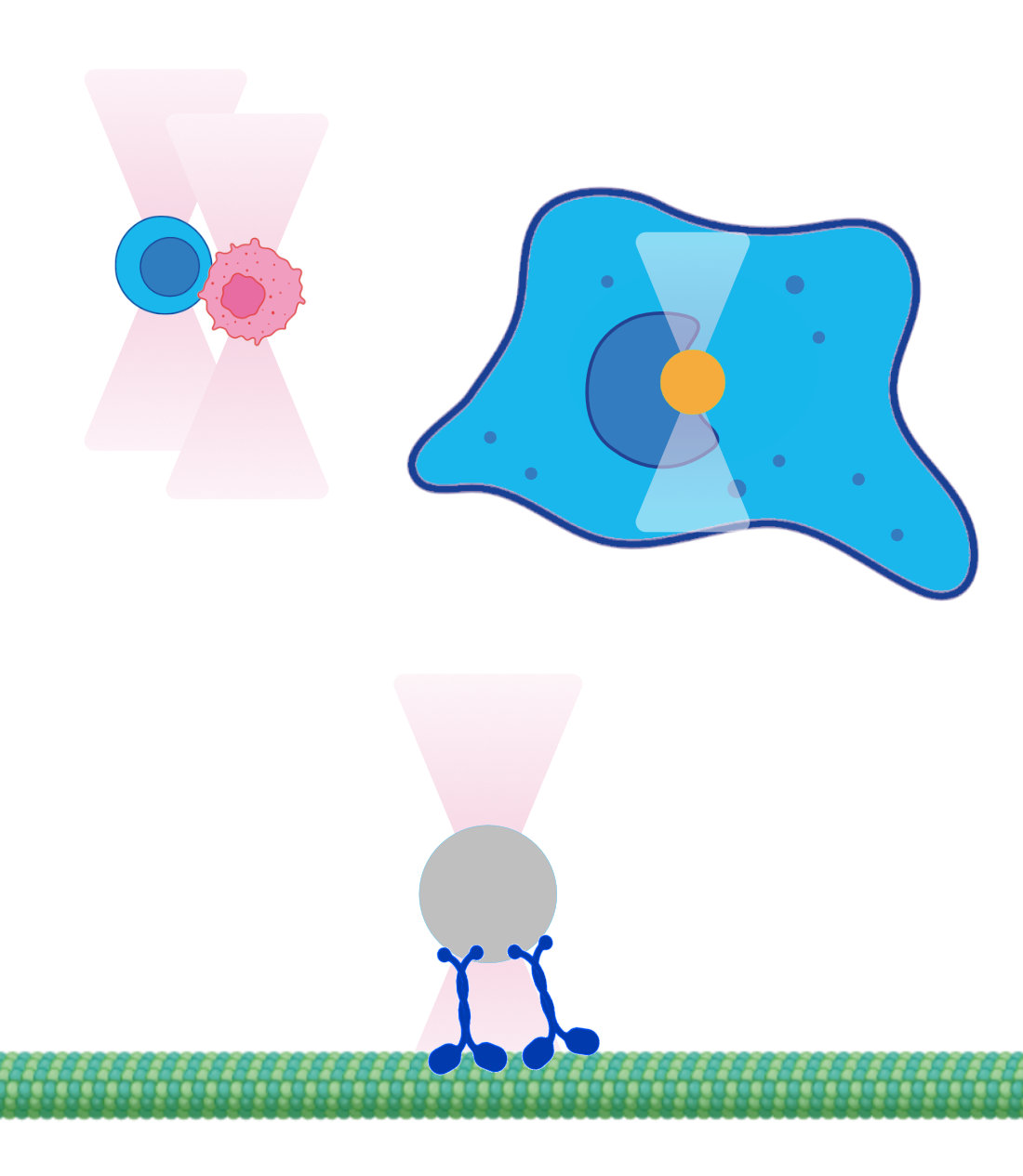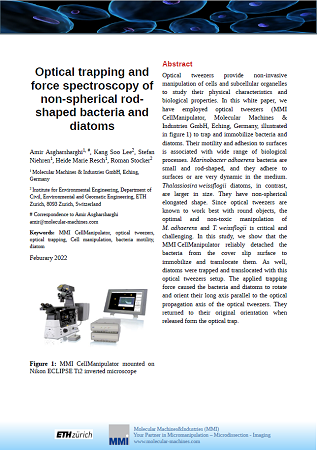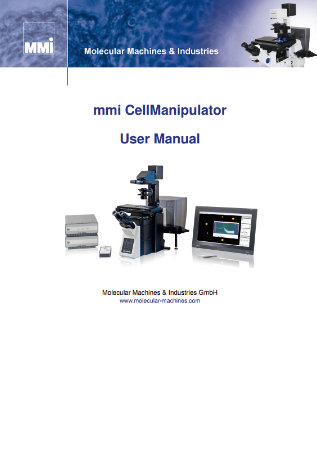Optical Tweezers: Empowering Precision at the Nanoscale
The MMI optical tweezers system is based on the mechanical forces arising from a strongly focused laser beam. It enables comfortable, ultra-precise and contact-free manipulation of up to 20 microscopic particles, living suspended cells, or subcellular organisms and the measurement of intracellular activities. The new generation of CellManipulator 3.0 offers all functionalities of the previous optical tweezers system with efficient yet compact electronics that benefit from an embedded system and microprocessor.
How can the MMI optical tweezers be applied to your research?
Do you want to make novel discoveries in life science? Do you need a non-invasive technique to spatiotemporally control the movement or the interaction of the nano/micro-metric-sized objects and to study them? The MMI optical trapping solution is the answer. Independent of the application/topic we will find the right solution for you.
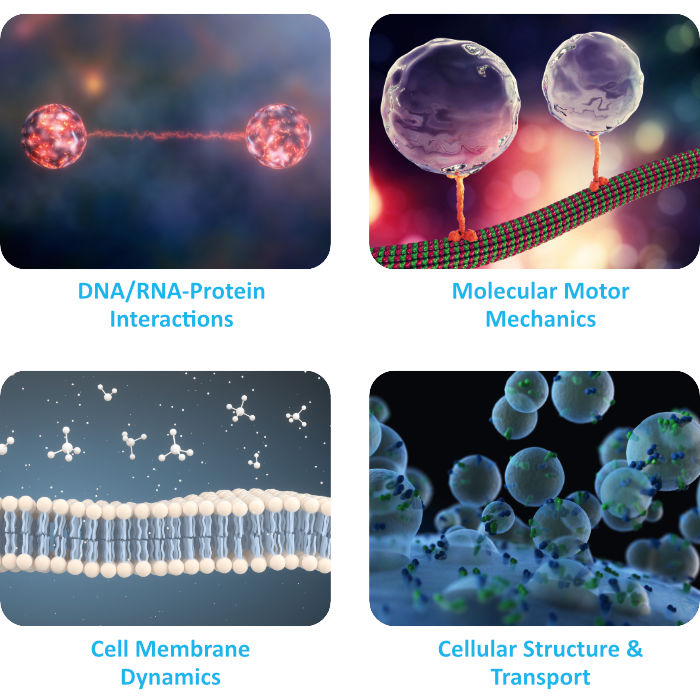
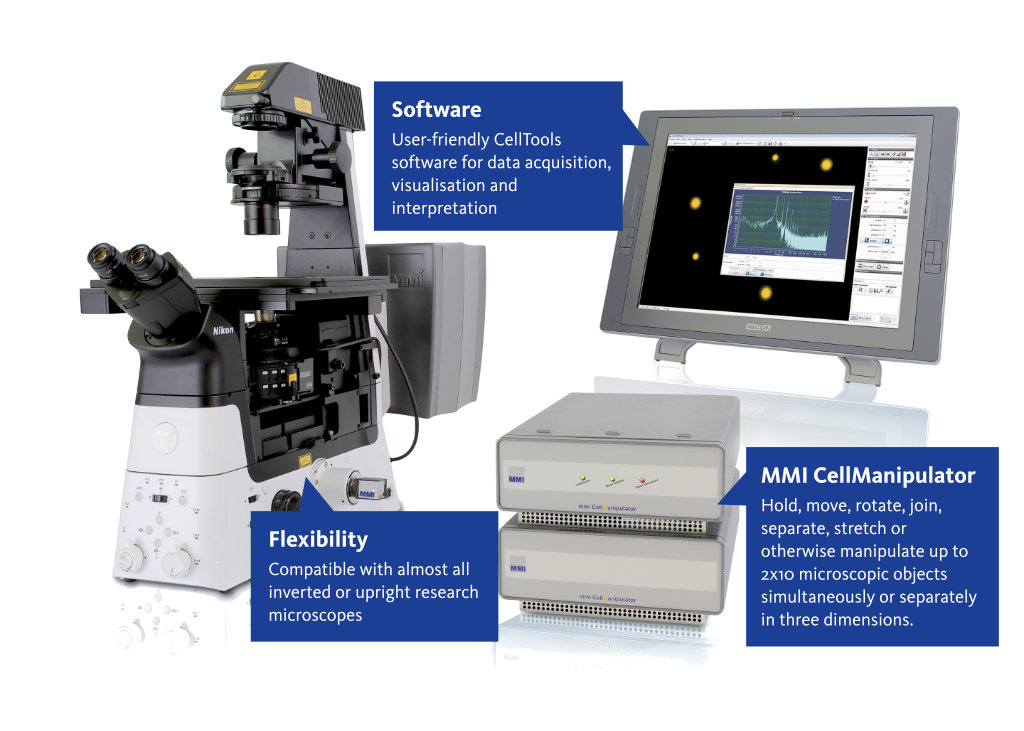
This is what our customers appreciate
The MMI CellManipulator optical tweezers was customized on an upright microscope upon our request. The optical tweezers has been working reliably, with excellent manipulation power and flexibility on various devices, from simply glass slides to microelectrodes on silicon. The MMI service was also professional, fast and considerate.
Optical trapping of living organisms with the MMI optical tweezers
Trapping swimming bacterium
Detaching bacterium
Trapping diatom
What are Optical Tweezers?
In this video, the optical trapping theory as well as optical tweezers are explained and the video also visualizes how laser traps are generated and how laser tweezers work:
